LMB Exhibitions
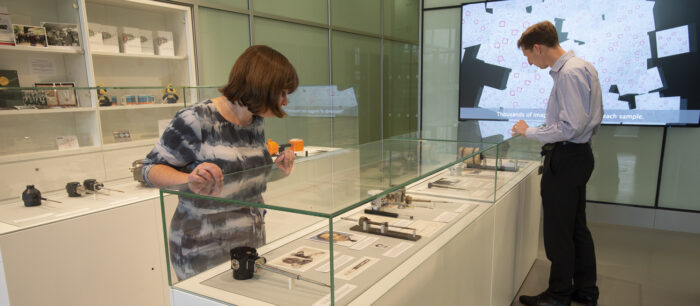
The LMB holds 2 exhibitions a year, to showcase the illustrious history of the laboratory and the cutting-edge research currently underway. The LMB exhibition room is situated next to reception and accessible to all during working hours.
Please visit the LMB’s exhibition room, and share your thoughts on social media using #LMBExhibition.
Please contact the LMB Archive for further information
Current exhibition
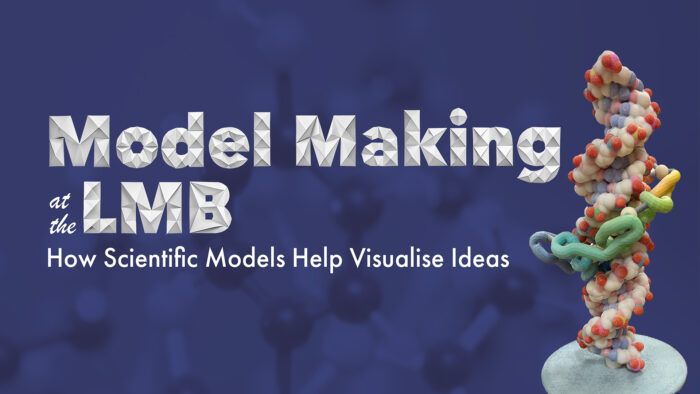
Model Making at the LMB: How Scientific Models Help Visualise Ideas
This exhibition showcases the development of scientific models, from temporary objects used to manipulate form, to more robust structures used for outreach and demonstration. LMB scientists have historically utilised models, both in the initial problem-solving stage of research and in refining their ideas. Achievements, such as the structures for DNA and the 30S Ribosomal Subunit, are best remembered through an association with the 3D model. This display demonstrates the relevance of both physical and digital models in science at the LMB.
Past exhibitions
If you missed any of the exhibitions, you can find out more information and see images and videos from the exhibition.
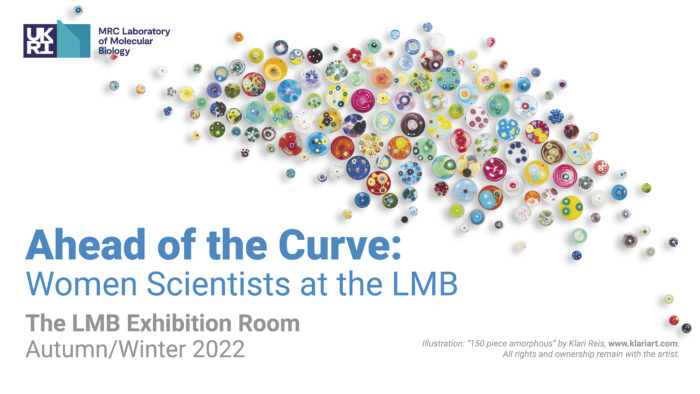
The LMB is celebrating women scientists who work or have worked at the LMB, many of whom have gone on to careers at some of the world’s foremost scientific institutions. The exhibition features photos from across 60 years of the LMB, alongside inspirational quotes and ancedotes from the scientists. Many of the women featured in Kathy Weston’s book “Ahead of the Curve”.
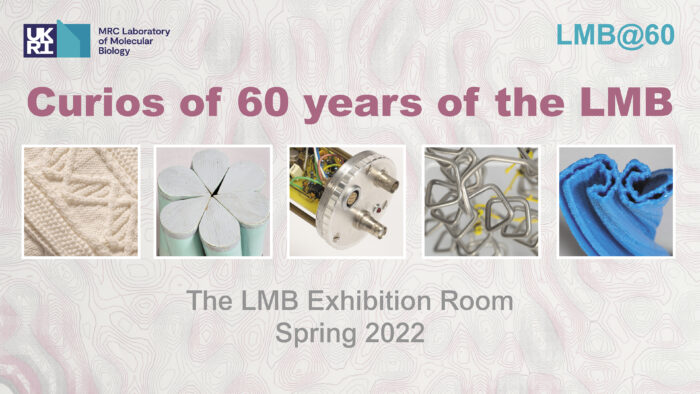
In an exhibition celebrating 60 years of the LMB, an assortment of curios – unusual and intriguing items – have been gathered together to give a glimpse into the life and work of the LMB. From scientific models, to restaurant menus, Nobel prize telegrams and a special lab coat, find out more about the LMB from some of the objects made and collected through the decades. Also view a rare amateur film of the first couple of years of the LMB, including one of the Lab’s first Nobel celebrations, and see footage inside the original 1962 building. Further Information.
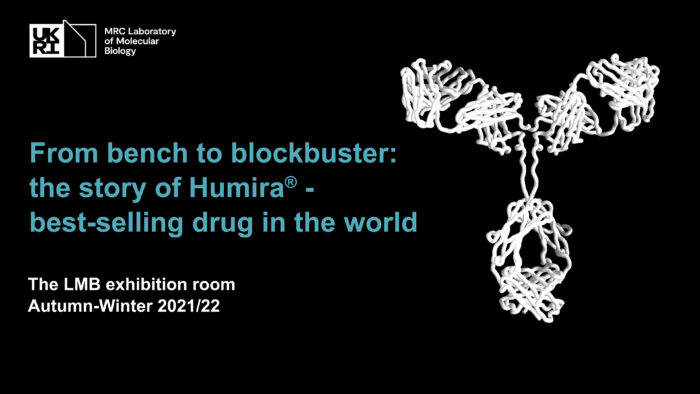
The story of HUMIRA® started with a fundamental scientific challenge at the LMB: understanding how the body generates billions of different antibodies and how the immune system selects the right antibody to fight an invader. This exhibition takes you from the work of César Milstein in the 1960s and the development of a technique to produce monoclonal antibodies: a hybrid cell that was able to produce antibodies against a known antigen; through the work of Greg Winter in adapting this technique for use in the human body; to the founding of biotechnology company Cambridge Antibody Technology (CAT) and, in 2003, the first ever fully human monoclonal antibody drug approved for use in patients. Further Information
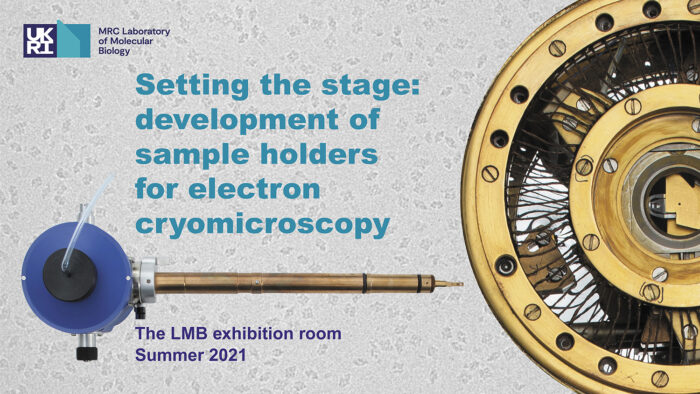
The advancement of microscope sample holders was crucial for moving from electron microscopy to electron cryo-microscopy (cryo-EM). Cryo-EM of amorphous (non-crystalline) ice embedded specimens is a method which allows the visualisation of biological molecules in a near-native state, requiring the preservation of the specimen at a temperature below -180oc (100 Kelvin) during microscopy. The exhibition features holders from the 1960s to the current day. Visitors can also learn about the scientists behind the work, see a video of Nobel laureate Richard Henderson showing a holder in use and an animation of the cryo-EM process. Further Information